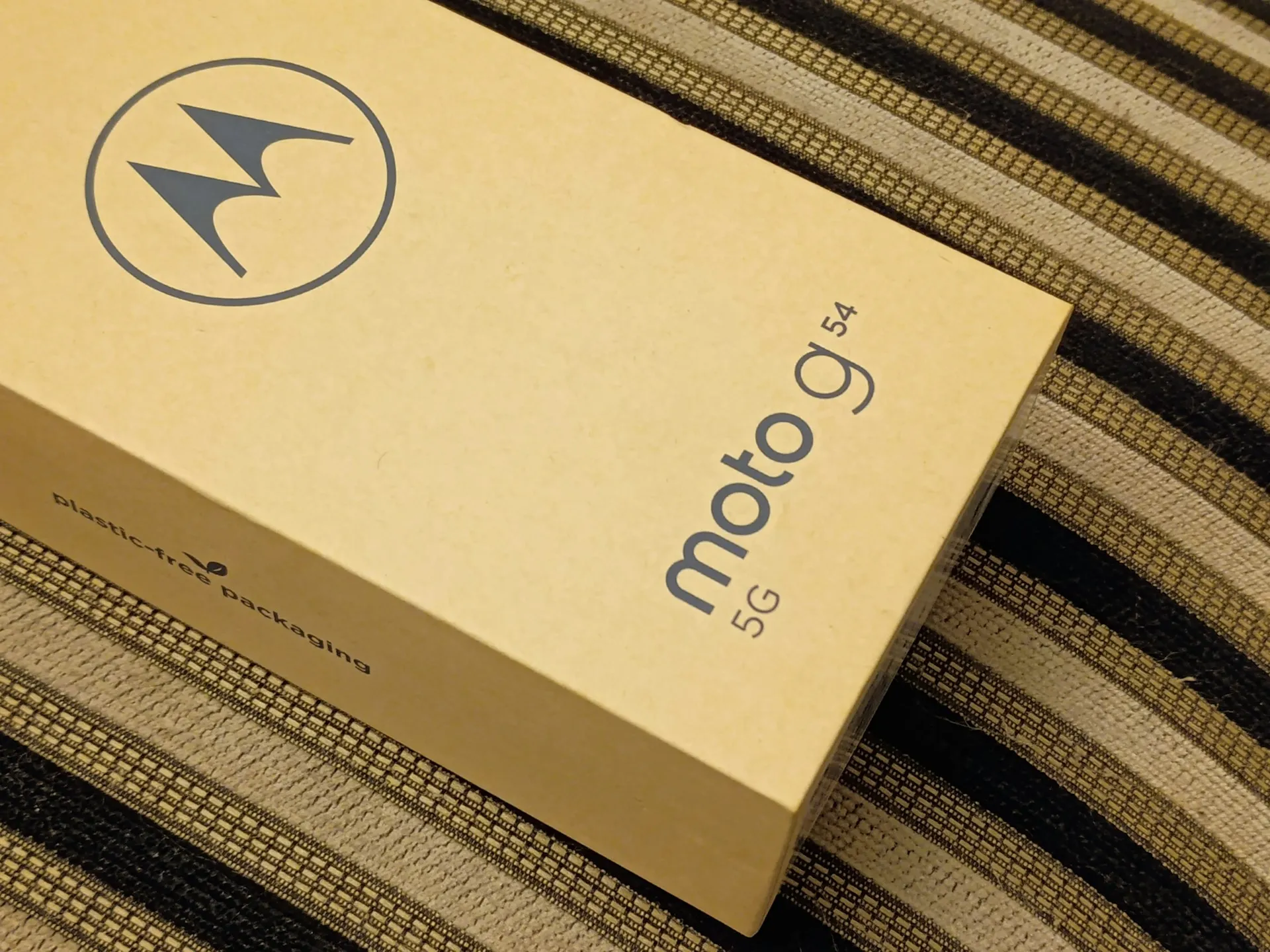Most leaks fawn over true flagships, the chips inside $1,000-plus phones with every bell and whistle. This one is different. The Snapdragon 8 Gen 5 leak reads like a curveball.
Qualcomm appears to be building a non-flagship flagship, a part that leans on premium architecture while trimming in smart places to hit a friendlier price. The processor uses TSMC's N3P fabrication process, according to Android Authority, which should bring efficiency gains that help balance those trims. Inside, you get Qualcomm's custom Oryon cores in a 2+6 layout. Prime cores up to 3.8 GHz. Performance cores at 3.32 GHz.
Here is the fun part. That CPU configuration mirrors the previous flagship Snapdragon 8 Elite's core layout, though clock speeds differ. In other words, Qualcomm is recycling a proven blueprint, a cost-savvy move that could keep performance high without the premium tax. The clocks are lower than the Elite's reported up-to-4.6 GHz Prime cores, though, and that is the first visible compromise.
What makes this positioning strategy so intriguing?
Early scores paint a clearer picture. Leaked results claim around 3.3 million on AnTuTu and roughly 3,000/10,000 on Geekbench 6 (leak reports; unverified) single-core and 10,000 multi-core, according to Beebom. On paper, that puts CPU performance nipping at the Snapdragon 8 Elite in compute-heavy tasks, as noted by Beebom, even with lower clocks. Credit the efficiency of TSMC's N3P process.
Where does it sit in Qualcomm's lineup? Between the current Elite tier and what would have followed the Snapdragon 8s Gen 4, according to Android Authority. That sounds tailor-made for the so-called flagship killer crowd—phones that want the feel of premium without the sticker shock.
This is a savvy read of the market. As upgrade cycles stretch, brands chase ways to deliver flagship-level speed at saner prices. Snapdragon 8 Gen 5 looks built for that gap, strong compute where it counts, and trims where fewer people notice.
Gaming performance: where compromises become apparent
Graphics is where the trade-offs show. The chip carries an Adreno 840 GPU at 1.2 GHz, as reported by Beebom. In tougher workloads, early tests suggest it will trail the previous flagship's GPU.
That choice tracks. Beefing up GPU grunt costs die area and power, and it rarely changes everyday phone use. Most people would not spot the jump from excellent to elite graphics, but manufacturers will definitely see it on the bill of materials.
Even so, the leaked numbers are not bleak for gaming. The chipset reportedly hits 100 FPS in Aztec 1440p, per Beebom, which covers most current titles comfortably. The TSMC N3P process should also help with thermals. Better heat behavior often means steadier frame rates over long sessions, which matters more than a flashy peak.
Pro tip: For mobile gaming, sustained speed beats short sprints. A chip that holds 90 percent for hours is worth more than one that spikes to 100 then throttles.
Real-world implications for device manufacturers
Manufacturers seem to be buying into this middle path. Multiple companies are slotting Snapdragon 8 Gen 5 into roadmaps, according to Android Authority.
Take OnePlus. It reportedly weighed this chip for the Ace 6, then jumped to the Elite. Classic calculus, performance versus cost versus brand signal. The Ace line apparently needed full flagship bragging rights.
Vivo, on the other hand, seems set on the processor for the S50 Pro, which could ship globally as the X300 FE. That FE tag says a lot. It aims at enthusiasts who want the good stuff, yet accept a few trade-offs for the right price.
Put together, Snapdragon 8 Gen 5 looks destined for phones that deliver flagship-level productivity and fluid daily speed, without stepping on ultra-premium toes. The messaging challenge is simple to say and hard to nail in ads; you get about 90 percent of the flagship experience for about 70 percent of the cost.
Looking ahead: what this means for the mobile landscape
Timing is still squishy. There is no official date from leak sources, though analysts say it should land by 2025-12-31 (ISO: 2025-12-31, America/Chicago reference).
Zooming out, the roadmap makes the stakes clear. Qualcomm is developing another Elite Gen 5 built on Samsung's 2 nm process for mid-2026, per Android Authority, and work has already begun on Elite Gen 6 with TSMC. Fast cycles, fierce competition.
For buyers, expect more nuanced choices across price and performance bands. Snapdragon 8 Gen 5 is one template, reuse proven architecture, make smart cuts, deliver most of the benefits without the premium surcharge. Competitors will almost certainly try similar plays as the line between flagship and sub-flagship keeps blurring.
The test is real-world use. Can these phones feel premium, not compromised, once the heat and battery constraints kick in? From what we have seen so far, this non-flagship flagship could push the tier system in a good way, making high-end speed more attainable and forcing true flagships to justify their price with genuinely new tricks.
That is where the market is heading anyway. A mature smartphone world where smart engineering and sharp positioning matter as much as raw spec sheets. Snapdragon 8 Gen 5 might be the opening move.

























Comments
Be the first, drop a comment!